
The population of the senior citizens is expected to increase in years to come, owing to falling death rate, advancement in medical science and dip in birth rate. If one notices, it is the senior citizens or the elderly who spent most of their time indoors. They live alone in their homes most of the time, while their family members venture out for work. Keeping all these points in mind, one has to make sure that the house that they live in is senior citizen-friendly, providing adequate safety for senior citizens.
The design criteria of a house are quite different for a senior citizen when compared to other homes. This is because the needs of senior citizens are different when compared to other members of the family. Hence, the house which will accommodate an elderly person must be designed keeping in mind the physical deterioration that comes with aging.
When supporting older adults, especially in aged care Sydney settings, it’s crucial to design living spaces with comfort and safety in mind. Thoughtful layouts and accessibility features ensure residents can move around with confidence and dignity. Faulty designs may lead to accidents within the four walls of the house, which may even lead to fatality.
Here are the possible areas within the house where family members in general and senior citizens in specific may meet with accidents. Let’s have a look at these areas and also find out the points to be kept in mind for safety of senior citizen as stated in Time Savers Standards for Building Types[23].
Porch and Balcony for Senior Citizens
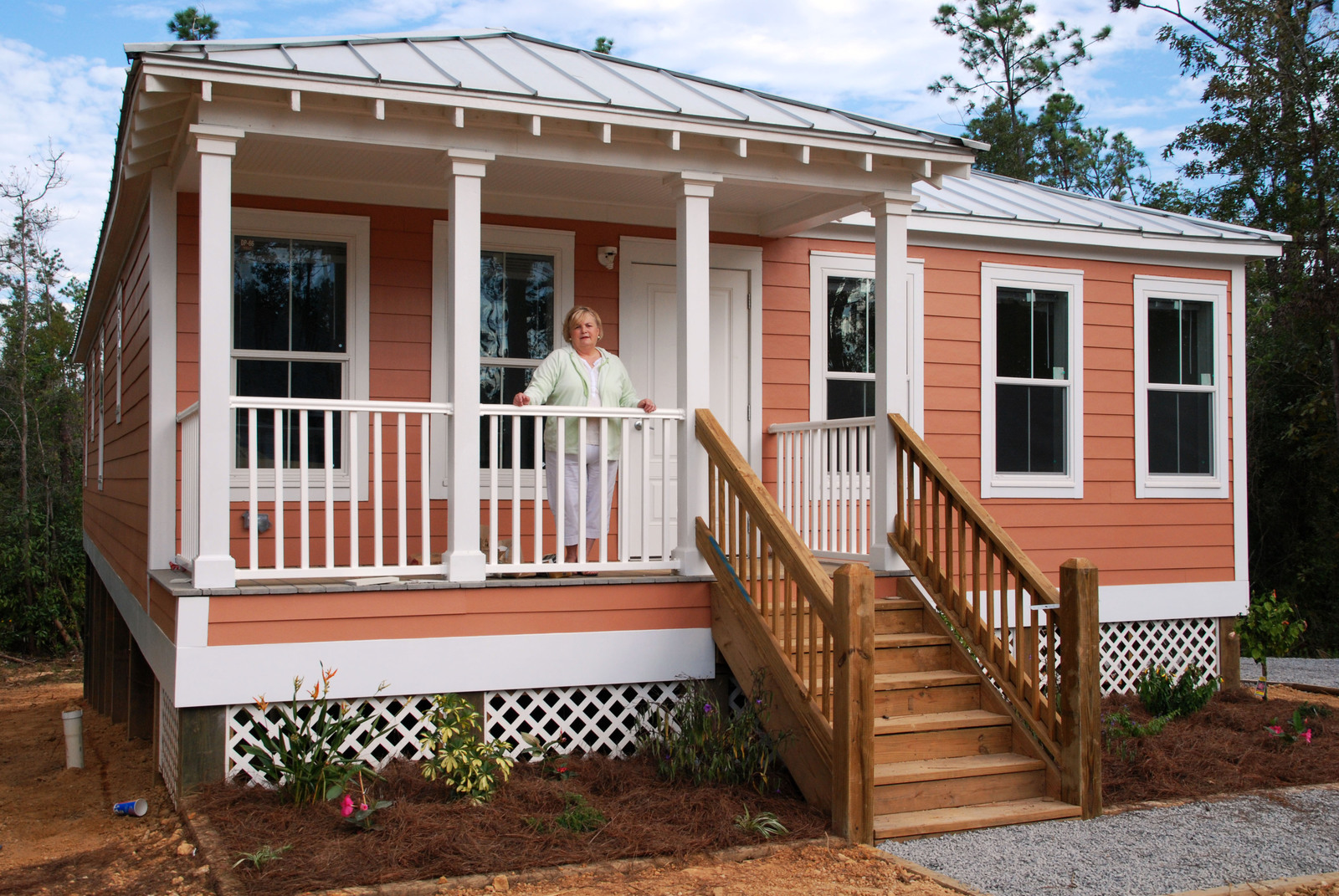
Porches and balconies can be the go to place for senior citizens to relax, but these are also the places where they may encounter accidents. Loose railings, wet or icy surface can result in falls or other accidents causing serious injuries.Thus, follow these simple steps to prevent serious accidents in porches and balconies –
- The stair riser of the porch should not be too high. It must be in good condition, secured with railings on both sides.
- Use handrails over the railing while using the stairs.
- Railing of balcony or porch should be approximately 40″ (1000mm) high and secured.
- Floor of the porch and balcony should be non-slippery and well-maintained.
- Make sure you provide adequate amount of lighting in your porch and balcony area for maintaining clear visibility.
Bedrooms for Senior Citizens
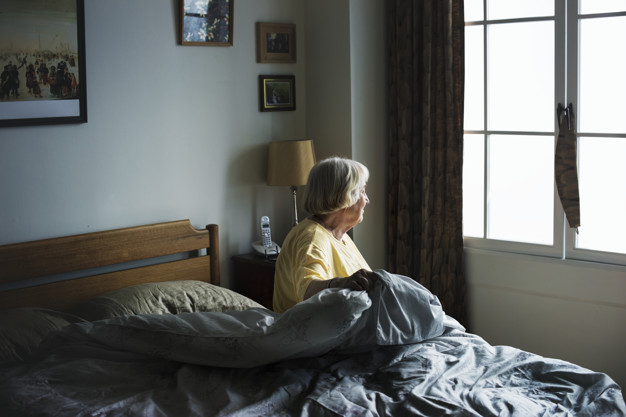
The bedroom plays a very important role while designing house for senior citizens. It is the place where they would want to spend a lot of time resting, reading or simply unwinding. Hence try to follow the points below for safety of senior citizens.
- Provide separate bedroom for the elders of your house on the ground floor.
- See that the bedroom is spacious enough to accommodate all the necessary items for the elderly, such as bed, wardrobe, storage closet, night lamps, side tables and chairs.
- Try to have the bedroom of senior citizen close to the living room.
- Provide at least 1 openable window in the bedroom for adequate amount of light and ventilation, as they would prefer natural light and ventilation against air-conditioners and artificial light.
- Try to provide appropriate space beside the bed, on either side for getting into the bed, using the closet or wardrobes, cleaning the room and for dressing purposes.
- Provide a secure bed for comfort. If needed install bed rails to make getting in and out of bed an easy task.
- Provide short access from bed to bathroom. If possible, provide an attached toilet.
Bathrooms for Senior Citizen
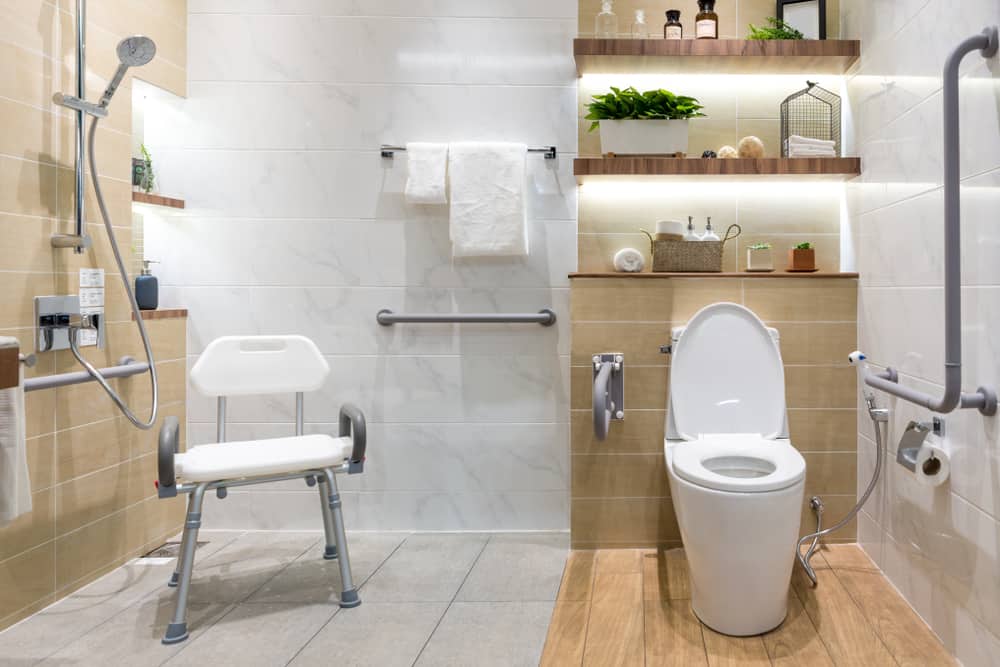
A lot of planning has to go into designing a bathroom for senior citizens.
- Bathrooms for the senior citizens should always be spacious and planned keeping in mind their safety.
- The bathroom door should be minimum 3 feet wide.
- Always have a bathroom attached to the bedroom of the senior citizen. If not, the bathroom should be in close proximity to the bedroom, to make sure that the senior citizen does not have to walk a lot, passing through furniture to reach the bathroom.
- The minimum floor area of 35 – 40 sq ft is acceptable for bathrooms, but again if the aged person is using wheelchair or crutches, it is advisable to provide bathrooms of 50 – 60 sq ft area.
- Place the shower and tub faucets in such a way that they can easily reach them before and after stepping into the bathtub. It is always advisable to avoid bathtubs. Provide adequate amount of lighting so that water puddles can be easily seen.
- Do away with overhead lights and opt for lights on side of the mirror in the bathroom.
- Use non-slippery floorings. You can even use non-slippery mats for the same.
- Install non-corrosive material support bars or grab bars for providing support to the elders while moving in and out of the bathroom.
- Use strong towel racks and rods and mount them securely on the wall.
- There should not be any level difference in adjacent room.
Toilets for Senior Citizens
Grab bars should be located near the W.C pan. Most of the times, elderly need support to stand up from a seated position. Hence, sturdy grab bars near the WC pan are a must.

Generally, toilet seat is approximately 18″ (45.5 cm) from the floor. A height between 17″- 20″ (40-50 cm) will make getting up from the toilet convenient for senior citizens.
Doors for Senior Citizens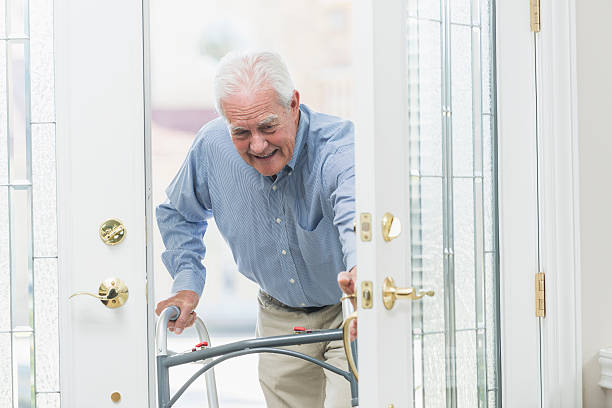
The risks of accidents occurring due to faulty doors are very common and this is the same area which often skips the attention of the designers too.
Many accidents occur due to bad design, installation and use of door. From injuring fingers to hitting the legs while opening or closing the door, some thought while designing the door can bring down such occurrences.
Here are some points to remember while designing doors for senior citizens -Try to provide door openings of minimum 3 feet width to permit an easy passage for senior citizens, even if they are using wheelchairs or crutches.
- Doors should be properly installed. It is always safer to avoid thresholds so that no one falls while trying to pull the door open.
- Use larger and easy to hold handles/knobs and latches instead of locks.
- Keep away your fingers or hands from the door hinges.
- Doors on spring should not be too quick to close as they will not give safe entry to the senior citizens.
- You may also provide peep holes or some vision panels in your doors. Provide a simple shelf or bench near the front door so that the elderly can sit while looking for keys or wearing shoes.
Windows for Senior Citizen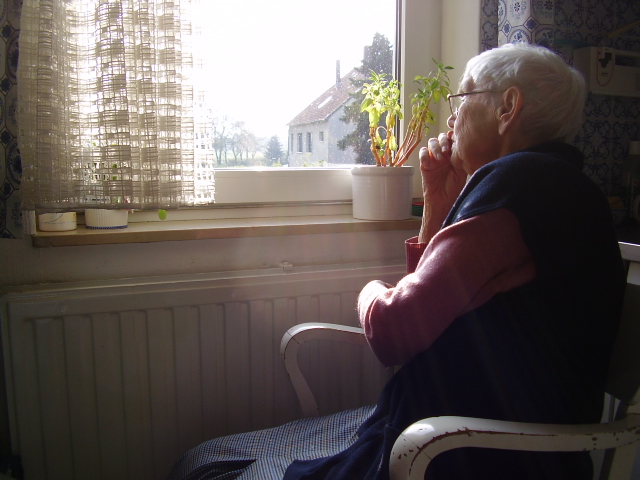
Most elderly love to sit by the window and gaze at the surroundings. Since most senior citizens have a routine of spending time near the window, it is advisable to keep below mentioned points in mind while designing windows for safety of senior citizens –
- If possible, try to provide an interesting view outside the window.
- Provide the windows at appropriate height so that they can easily get connected with the exteriors, without compromising on their own safety.
- It is desirable to provide guard rails on your window walls at some height in such a way that it doesn’t interfere in your viewing, but gives adequate support to the elderly to stand and view outside the window.
- The sill of the living room window should be low so that one can connect with the exteriors even while sitting on the lounge. It should not be higher than 3 feet 2 inches from the floor, while it can be as low as 1 feet.
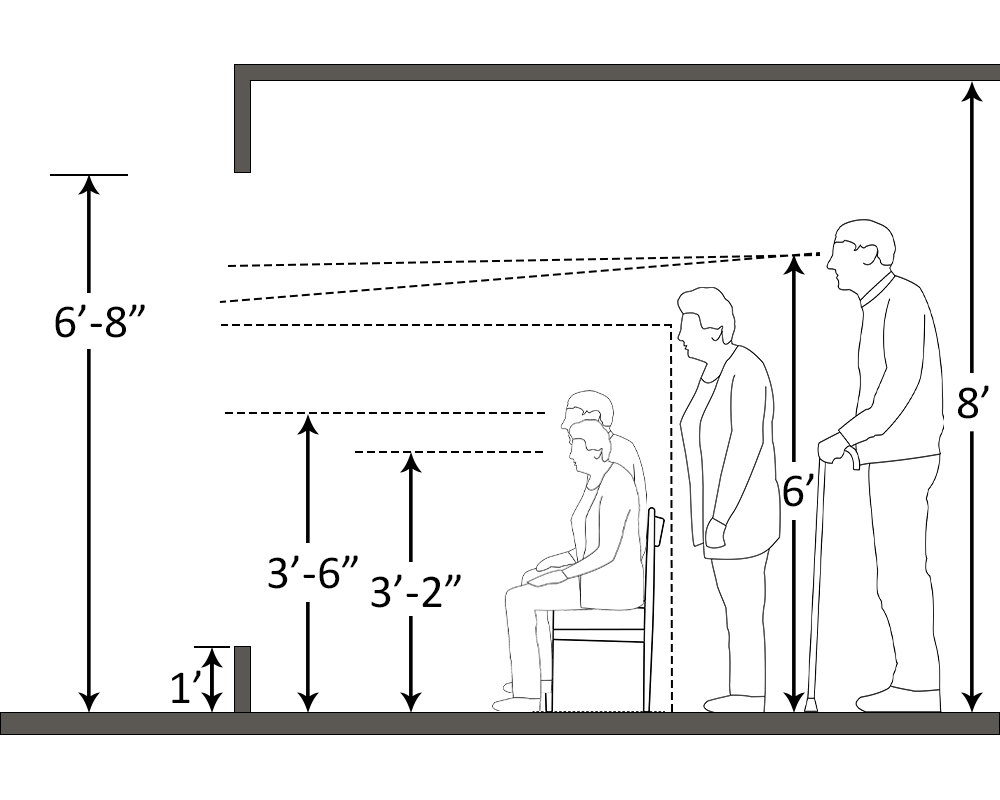
- For dining areas, as you will be viewing outside the window while seating on a chair, provide your window sill at 2 feet 6 inches height from floor.
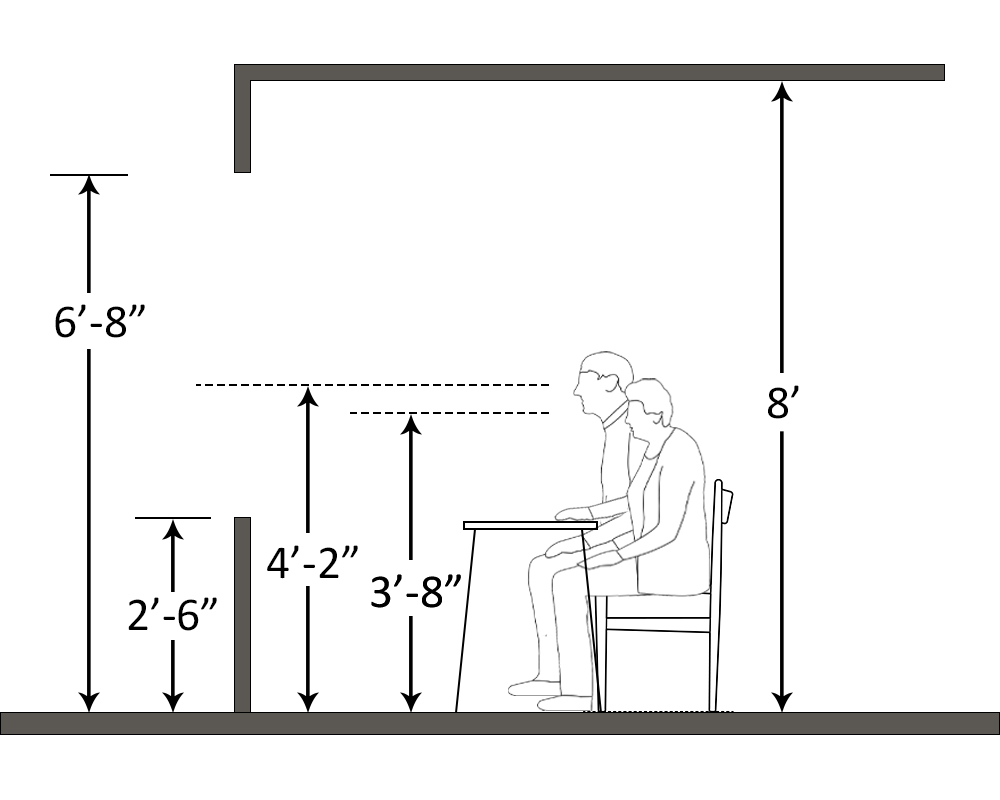
- For kitchen and bathroom, the eye level can be maintained by providing window at 3 feet 6 inches height from the floor.
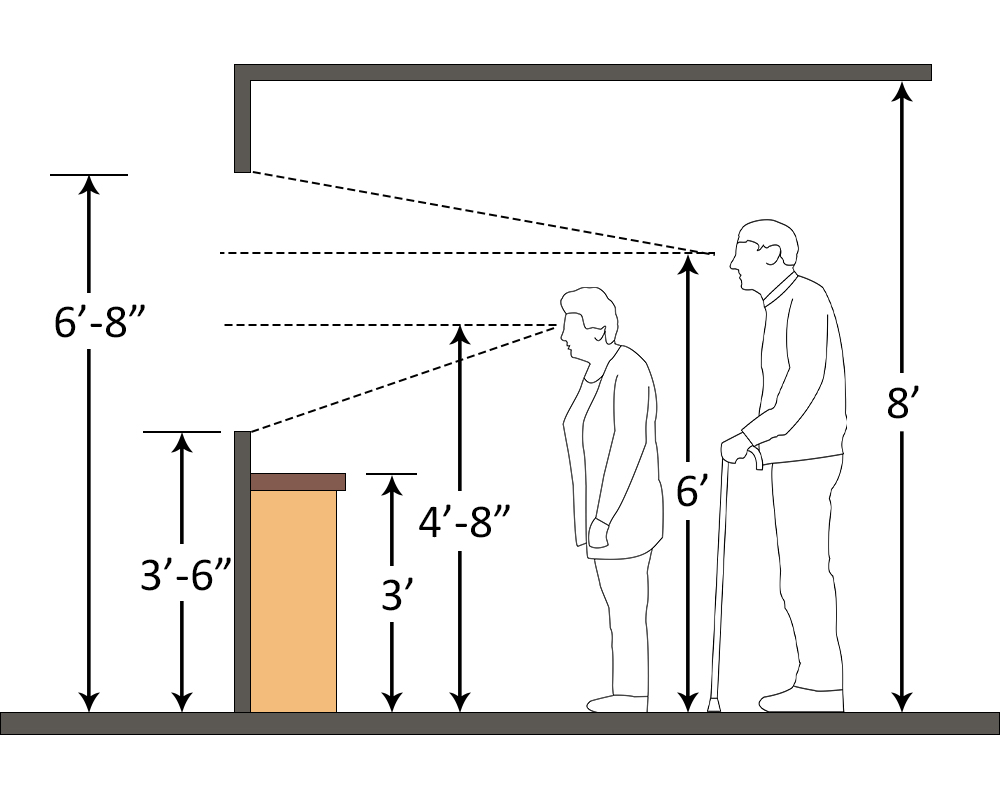
- Make sure the windows you choose are easily operable.
- Depending upon the climate of your location, you can provide insect screen, weather stripping or storm sash.
- Venetian blinds or draw type draperies are the best alternatives for window treatments for the elderly.
Vertical Circulation for Senior Citizens
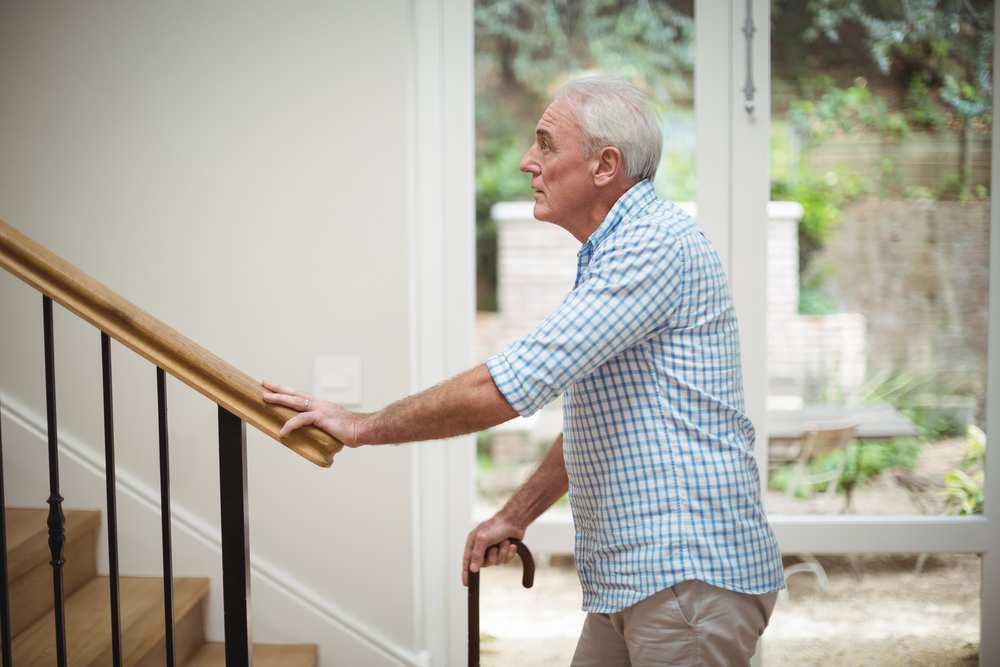
Generally, the senior citizens meet with accident on stairs and steps, especially during descent. They get tripped because of uneven riser height. Here are some suggestions that can bring down cases of mishaps.
- Preferably, provide the accommodation of senior citizens on same level unless you have lift / elevator provision for vertical circulation.
- If provision of elevator is not possible, then the elderly should not be expected to climb up more than 1 flight.
- For small level difference, provide ramps with slope not over 5 percent.
- Make sure that no doors open up directly on stairs.
Wherever stairs are a must, try to follow these guidelines for safety of senior citizens –
- The maximum height of risers should be 7 inches.
- The width of stairs should not be less than 3 feet 3 inches.
- Try to avoid winders and curved stairs.
- Use non-slippery nosing with contrast colour shade.
- Provide continuous handrails on both sides of stairs.
- Make sure that no doors open up directly on stairs.
Kitchen for Senior Citizens
Kitchens are equally dangerous as the bathrooms and toilets and hence, it is important to know the points to be considered while planning kitchen for safety of senior citizen. Firstly, provide large and spacious kitchen, rather than compact ones.
- For single person use, provide 3 feet minimum space in between the counters and facing equipment, whereas for two persons working at a same time, provide 4 feet 6 inches minimum space in between the counters and facing equipment.
- For facilitating hand laundering, provide double sink or sink and tray combination for your kitchens.
- Storage shelves should not be over 68 inches.
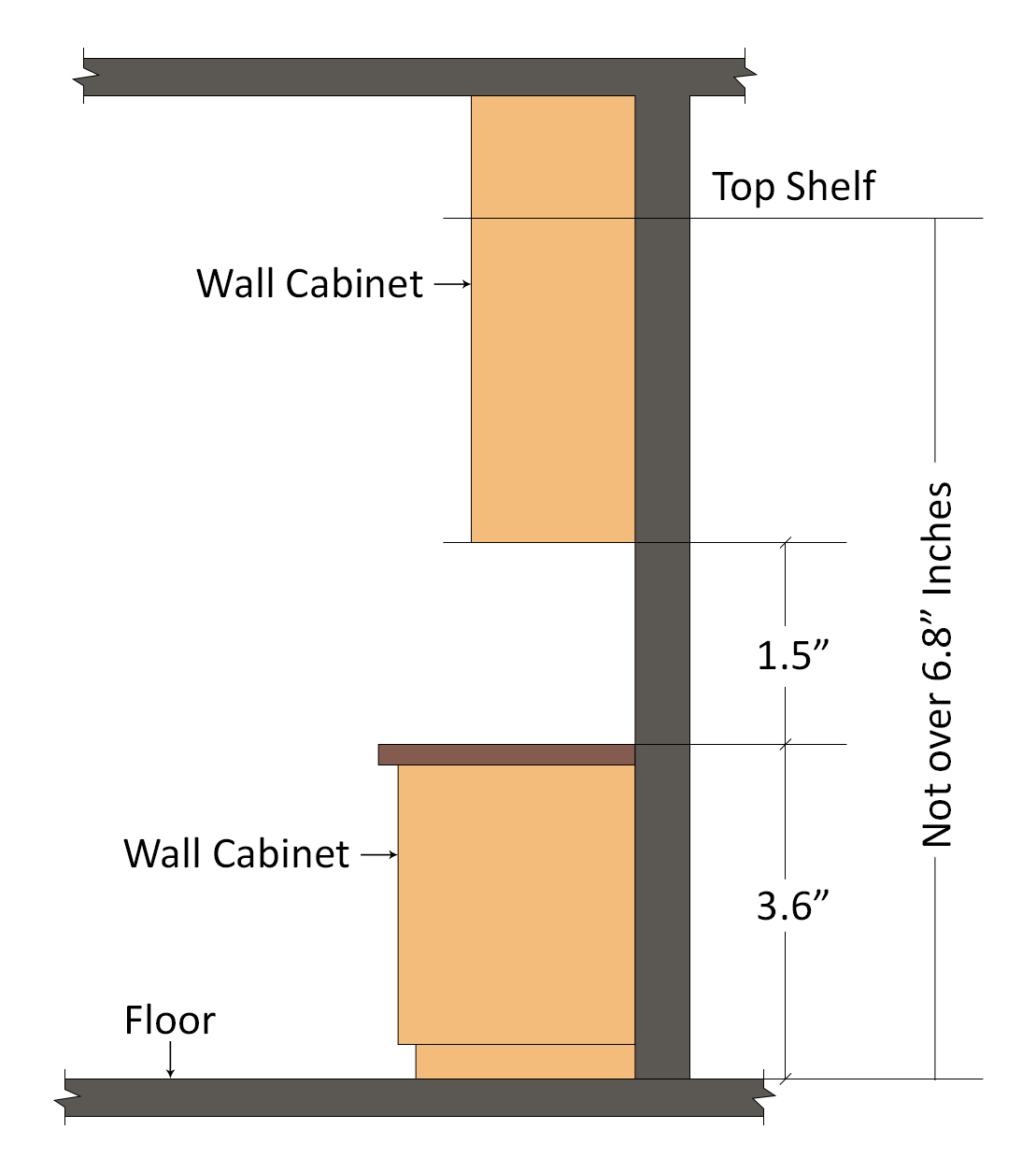
- Avoid storage space over the range and refrigerator.
- Provide adequate amount of lighting.
Accident Prevention Measures in Flooring Materials, Rugs, and Carpets
Slippery flooring materials and uneven floors are the biggest culprits that have been causing serious injuries to senior citizens.
Thus, it is advisable to follow the below stated points for safety of senior citizen.
- Flooring should be non-slippery.
- Provide sufficient light wherever needed.
- Use low pile, wall-to-wall carpets.
- Carpet edges should be tacked down and the carpets/ rugs used should not be slippery.
Summing up, one must ensure that the house design is elderly-friendly. Avoiding too many levels within the house will help the senior citizens living in the house move around freely. Ultimately, having a happy elderly at home is one of the most precious blessings!
If you find this article informative do have a glance at a similar article –































